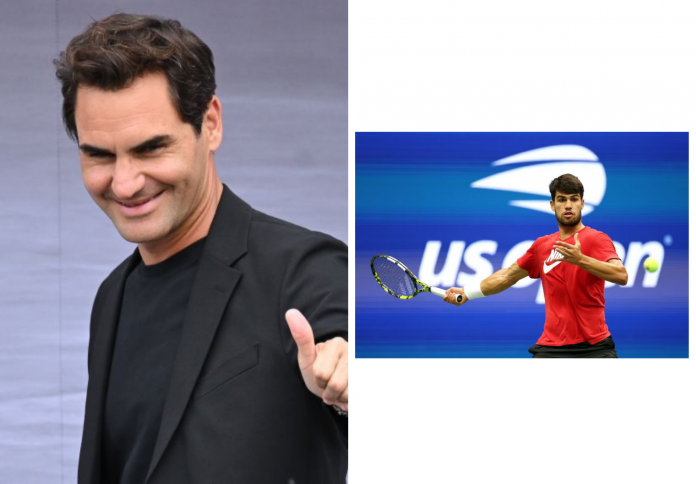Tennis icon Roger Federer, who retired from the sport in 2022, has cemented his legacy in a new, unprecedented way: by becoming the seventh athlete in history to reach billionaire status. According to estimates by Forbes, the Swiss star now boasts a net worth of $1.1 billion. While his on-court earnings were impressive, they were not the sole source of his fortune. Instead, Federer’s financial empire was built on strategic off-court endeavors and savvy investments, particularly his minority stake in the Swiss shoe and apparel brand On. His financial success provides a new blueprint for athletes, proving that a career’s true earnings can extend far beyond the final point.
The Blueprint of a Billionaire: From Prize Money to Power Play

Throughout his career, Federer’s financial strategy stood in stark contrast to his rivals. He earned less in prize money than Novak Djokovic and Rafael Nadal, yet he was the highest-paid tennis player for 16 consecutive years. His genius lay in his ability to attract corporate partners and build a personal brand that transcended the sport. A cornerstone of his wealth was his $300 million deal with Uniqlo. His crowning achievement, however, was his investment in On, a company that went public and significantly boosted his net worth. This model of leveraging personal brand into long-term equity has now become the gold standard for athletes aiming for financial longevity.
The New Guard’s Reign: Alcaraz, Sinner, and Gauff
Federer’s financial legacy is already visible in the sport’s new generation of stars. Carlos Alcaraz was named the highest-paid active tennis player for the second year in a row, with earnings of $48.3 million. Following closely is his burgeoning rival, world No. 1 Jannik Sinner, who earned $47.3 million, nearly doubling his income from the previous year. The highest-earning female athlete, Coco Gauff, ranked third overall with $37.2 million. For the first time since 2010, the top three earners in tennis are all under the age of 30, signaling a new era of talent and marketability.
The Billionaire’s Club: A Look at the Elite Few

Federer joins an exclusive and diverse group of athletes who have achieved billionaire status. The list includes basketball icons Michael Jordan, Magic Johnson, and LeBron James, as well as former NBA sixth man Junior Bridgeman. Golf legend Tiger Woods is also a member, as is Romanian tennis player Ion Țiriac, who built his fortune through post-career investments. The racial breakdown of the highest-earning athletes shows that a significant number of the wealthiest athletes are Black. Michael Jordan, Magic Johnson, LeBron James, and Tiger Woods are prominent examples, showcasing the success of Black athletes in building generational wealth through their sports careers and business ventures.
The Future of the Sport’s Finances
The overall financial health of tennis is robust. The top 10 highest earners in the sport made a combined $285 million, an increase of 16% from last year. This trend suggests that players are becoming more adept at capitalizing on their on-court success with lucrative off-court opportunities, a path pioneered by Federer. His retirement did not mark the end of his influence but rather the beginning of a new chapter where his financial acumen continues to shape the future. The next generation of tennis superstars, from Alcaraz and Sinner to Gauff, will likely follow his blueprint, proving that a champion’s greatest returns may be the ones earned long after the final ball is hit.










